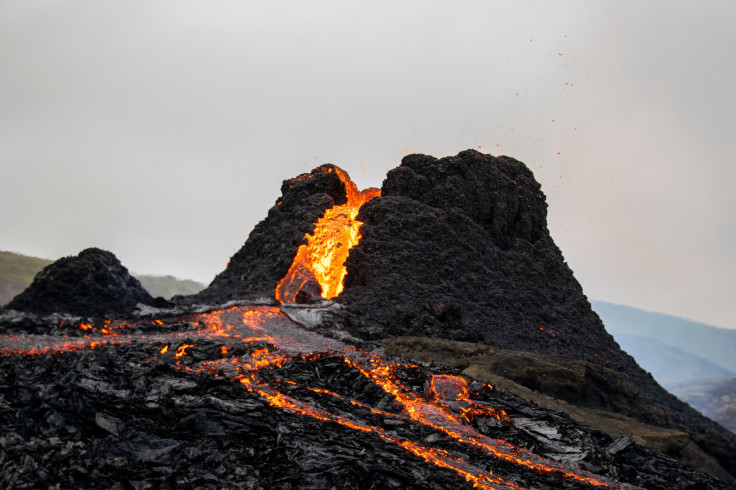
The Colombian government is attempting to accelerate the evacuation of some 2,500 households living near the Nevado del Ruiz volcano, which is being watched for a possible eruption, but some locals are refusing to go.
The 1985 eruption of the volcano killed over 25,000 people in Colombia's worst natural disaster, with avalanches of soil and rock fragments burying entire villages.
The alert level of the volcano has been raised to orange by the government, indicating an increased risk of an eruption in the coming days or weeks, and has begun some preemptive evacuations.
President Gustavo Petro has requested that evacuations proceed more swiftly, and disaster officials have stated that livestock, which is essential to many rural residents' livelihoods, may also be transported, or farmers will be permitted to come back during the day to tend to them.
However, several locals, notably families who survived the deadly Nevado del Ruiz eruption in 1985, which crossed the boundary between the provinces of Tolima and Caldas, say they will not go, Reuters reported.
"It doesn't scare me because it already exploded," said Evelio Ortiz, a potato farmer who survived the 1985 eruption with his wife and five children. "What was going to erode eroded."
According to the national disaster management organization, 57,000 people reside in the hazard zone of the volcano, which is split among parts of six provinces.
In the event of an impending eruption, authorities have warned that it may be impossible to reach individuals who live closest to the volcano due to weak communication infrastructure.
According to the Smithsonian Institution, the 1985 disaster was the fourth worst volcanic eruption in recorded human history.
Nevado del Ruiz, also known as La Mesa de Herveo is a volcano on the border of the departments of Caldas and Tolima in Colombia, about 129 km west of the capital city Bogotá.
It is a stratovolcano composed of many layers of lava alternating with hardened volcanic ash and other pyroclastic rocks.
It is part of the Ruiz–Tolima volcanic massif (or Cordillera Central), a group of five ice-capped volcanoes that also include the Tolima, Santa Isabel, Quindio, and Machin volcanoes.
The massif is located at the intersection of four faults, some of which are still active.
It is the third most northern of the volcanoes lying in the North Volcanic Zone of the Andean Volcanic Belt.
Like many other Anden volcanoes, Nevado del Ruiz is a stratovolcano, a voluminous, roughly conical volcano consisting of many strata of hardened lava and tephra including volcanic ash.
© 2025 Latin Times. All rights reserved. Do not reproduce without permission.




